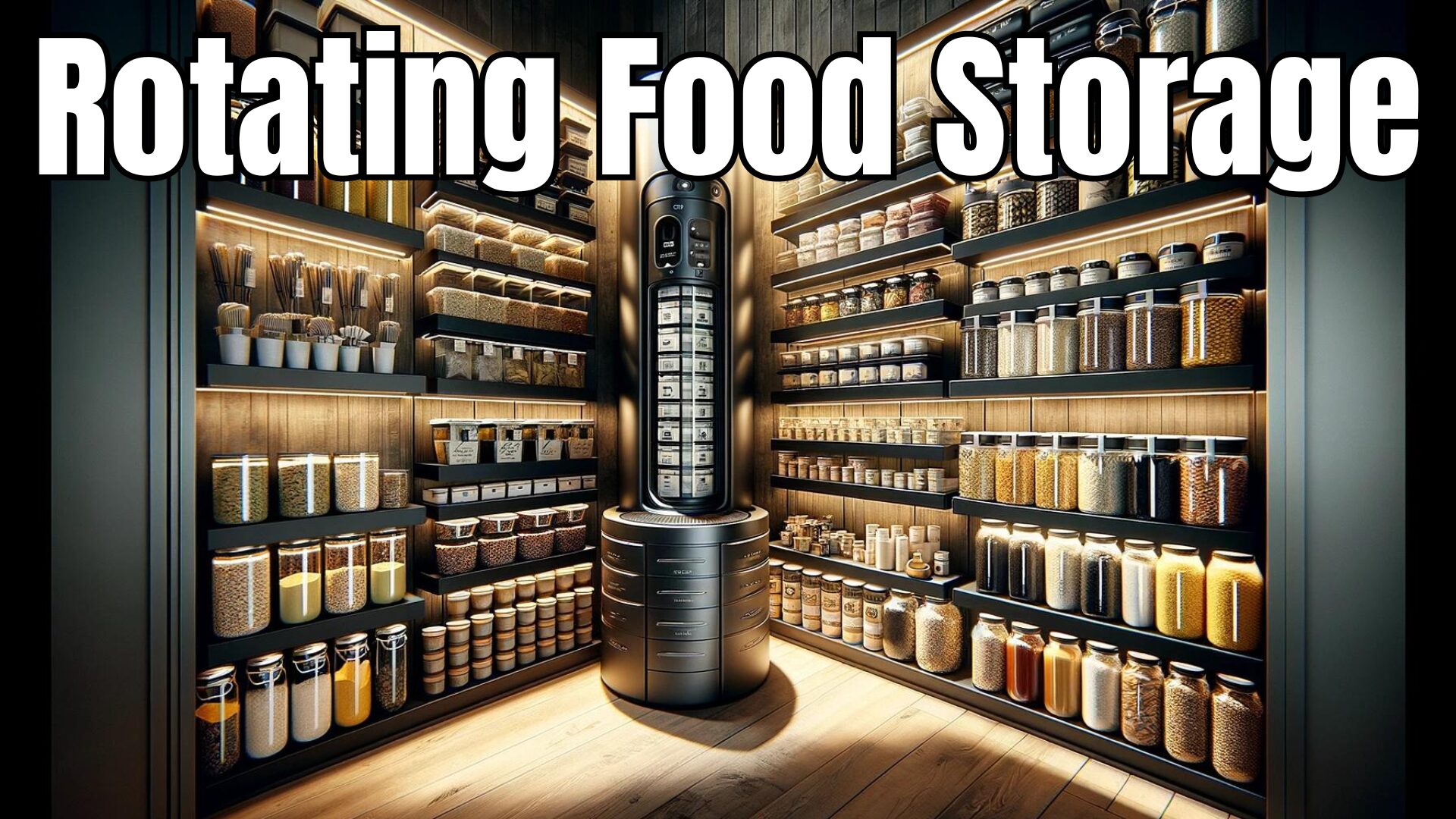Unlock the secrets to a sustainable pantry with a smart food rotation system.
Learn how to keep your supplies fresh, minimize waste, and be prepared for anything life throws your way.
Table of Contents
Establishing an Efficient Food Rotation System
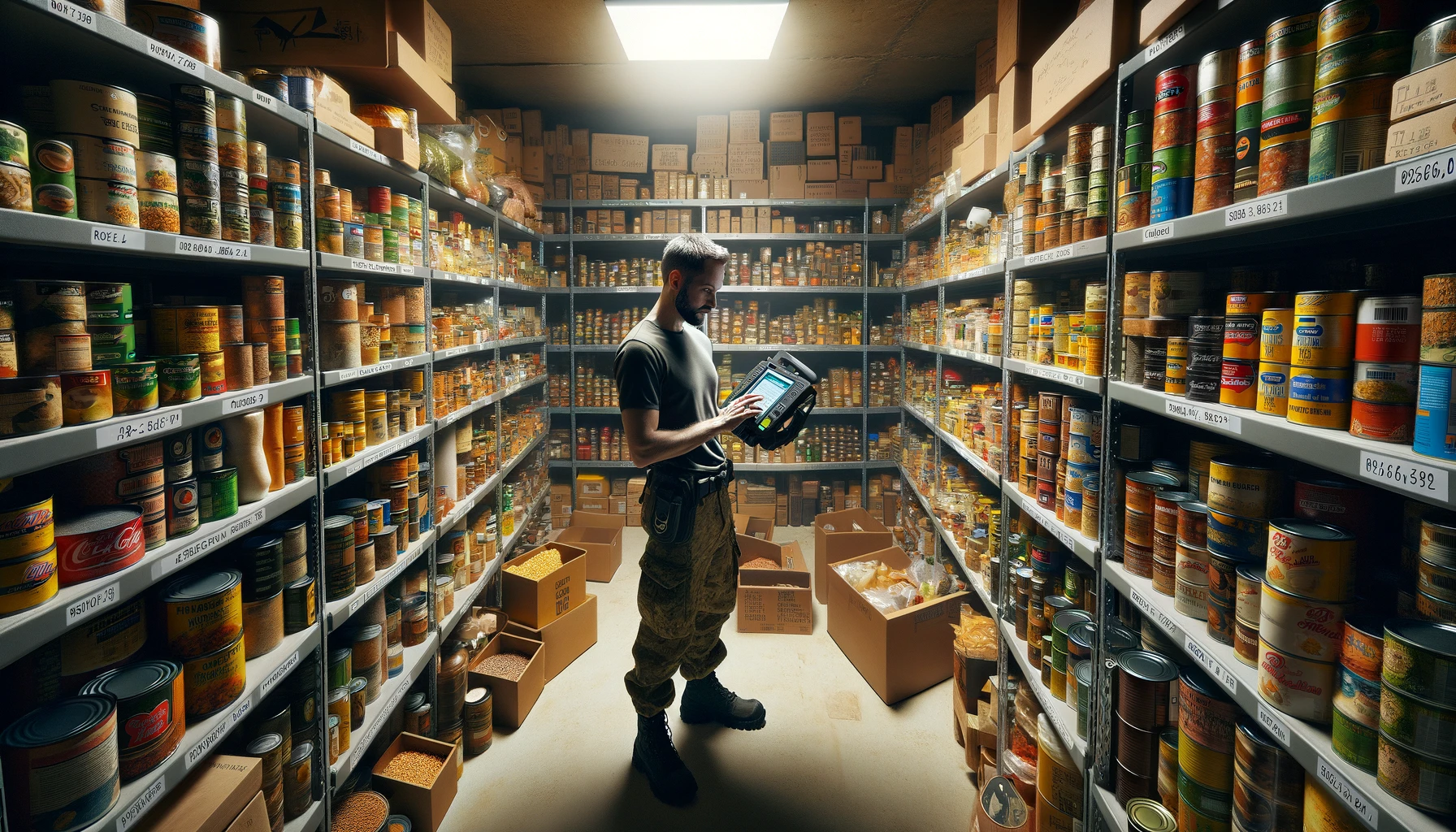
Check Your Canned Food Expiration Dates
When setting up your food storage, it’s crucial to rotate your canned food regularly.
Make sure to check the expiration date on each can.
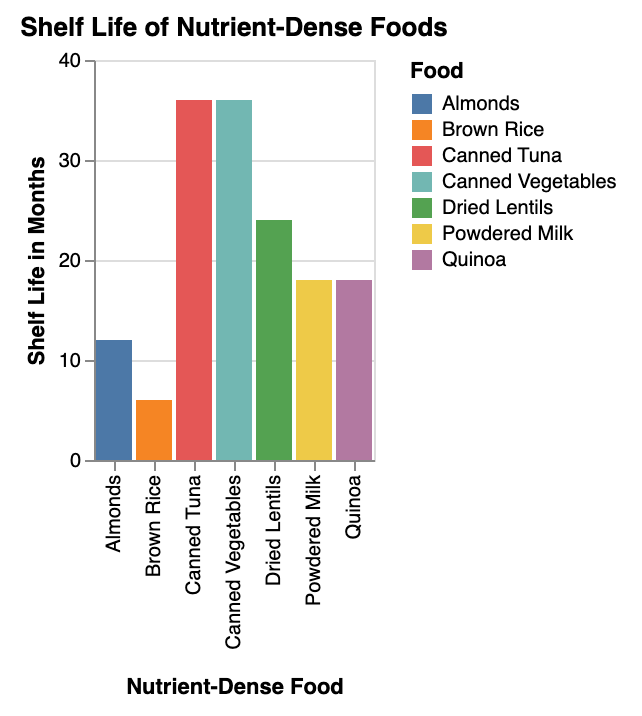
Rotating your canned food ensures you use the oldest items first, keeping your food supply fresh and reducing waste.
Remember, canned food usually has a long shelf life, but it’s always best to rotate your food to maintain its quality.
| Food Type | Shelf Life | Benefits of Canned Food |
|---|---|---|
| Canned Food | 1-5 years (depending on type) | Longer shelf life compared to fresh and frozen counterparts |
| Fresh Food | Varies (typically days-weeks) | Retains natural flavors and textures, may require refrigeration |
| Frozen Food | 3-12 months | Retains nutritional value, requires freezer storage |
Organize Your Emergency Food Supply
To establish an efficient food rotation system, organize your long-term food and emergency food separately.
For easy access, create a designated space to store your emergency supplies.
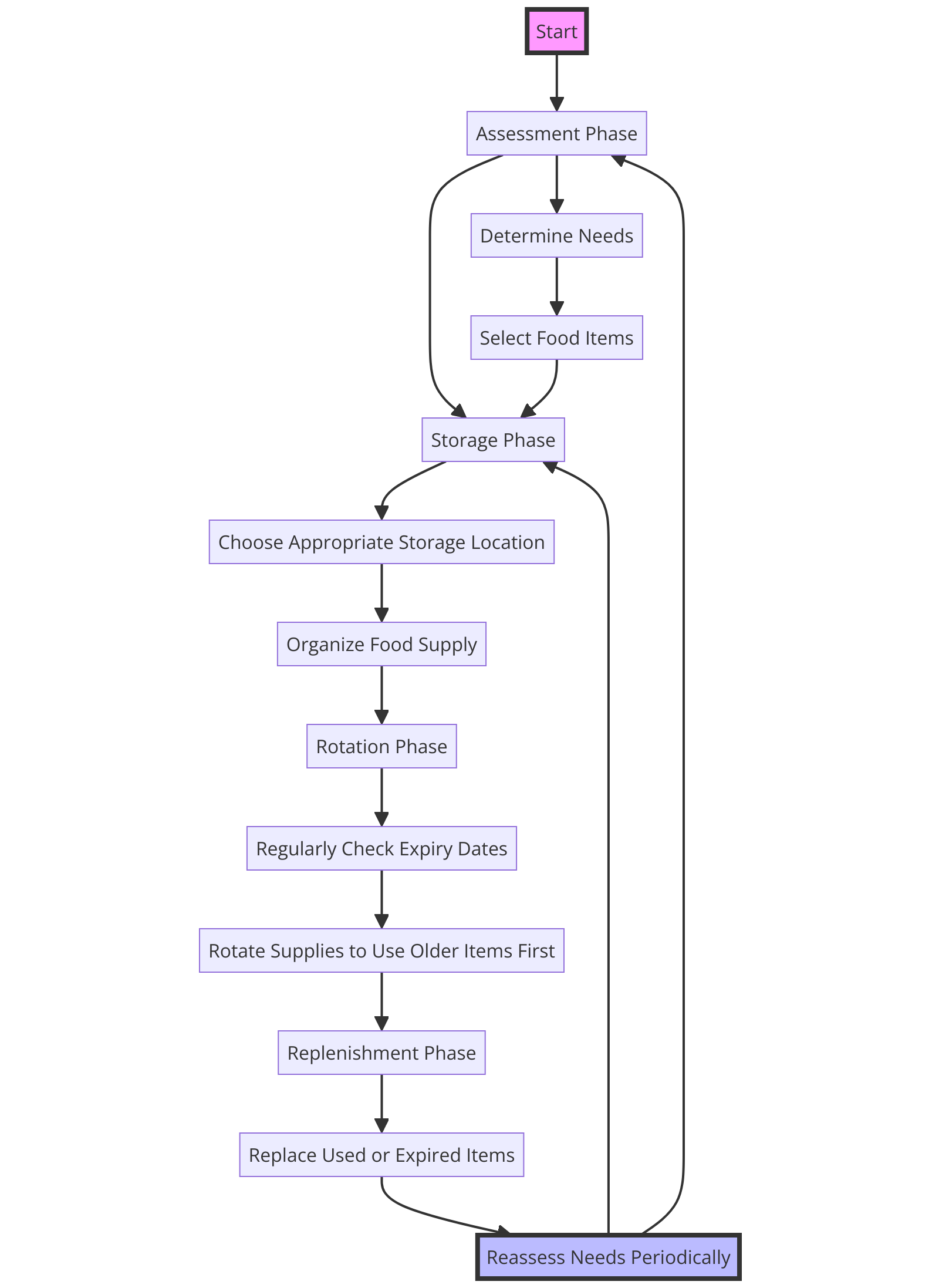
Keep your food storage tidy and properly labeled.
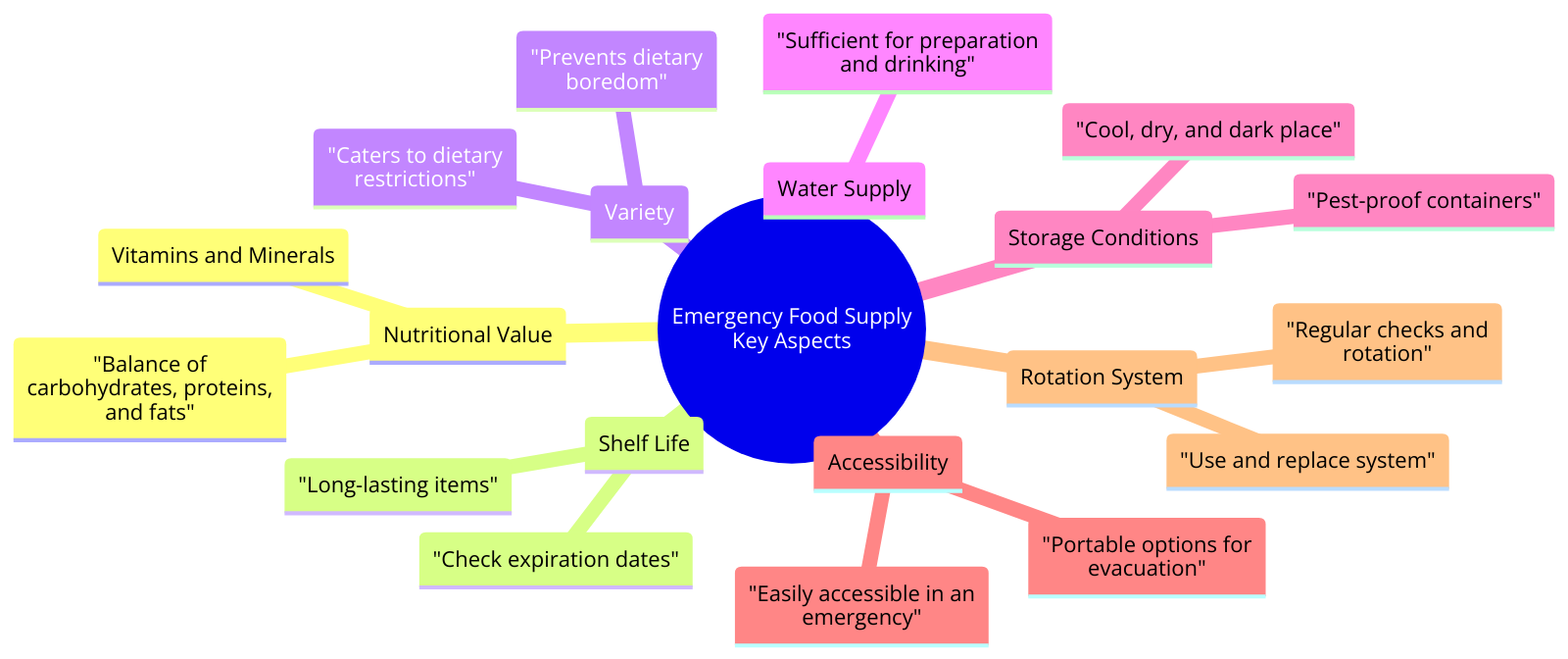
Remember, it’s essential to rotate your food storage to keep items fresh and ready for when you need them most.
Utilizing FIFO for Optimized Food Storage

Organize Your Pantry with FIFO Method
When it comes to creating a well-organized pantry for long-term food storage, using the FIFO method is key.
First In, First Out ensures that older items are used before newer ones, minimizing expiration and reducing waste.
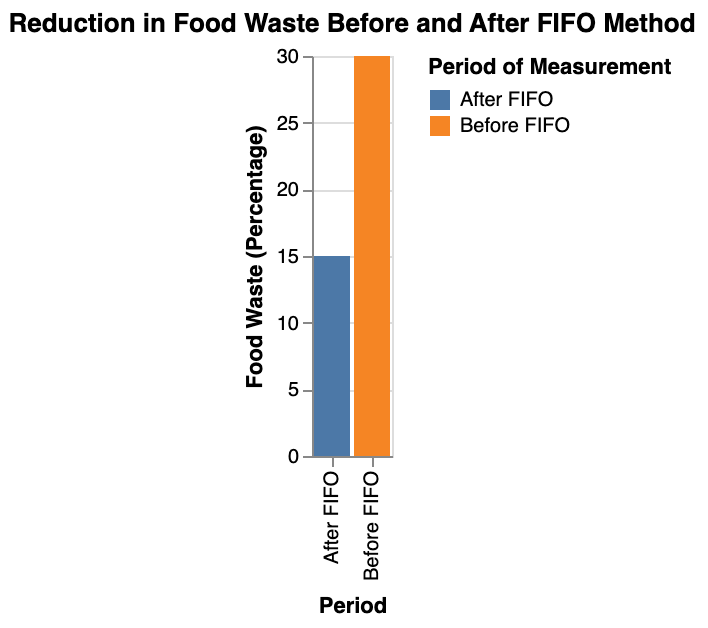
To implement this, I always write the date of purchase on items and keep track of what needs to be consumed near the front.
This way, you ensure proper food rotation and maintain the nutritional value of your stored food.
Utilize Clear Packaging and Boxes for Easy Monitoring
To make proper food rotation a breeze in your pantry, opt for clear packaging or storage containers.
| Material | Pros | Cons |
|---|---|---|
| Glass | Non-reactive, transparent, durable | Fragile, heavy, expensive |
| Plastic | Lightweight, affordable, stackable | Odor absorption, warping, environmental concerns |
| Metal | Durable, airtight, protects against light | Reactivity, non-transparent, potential rusting |
This allows you to see the contents easily and know what needs to be used up first.
Additionally, investing in clear storage boxes for grouping similar items together can help you keep track of your inventory more efficiently.
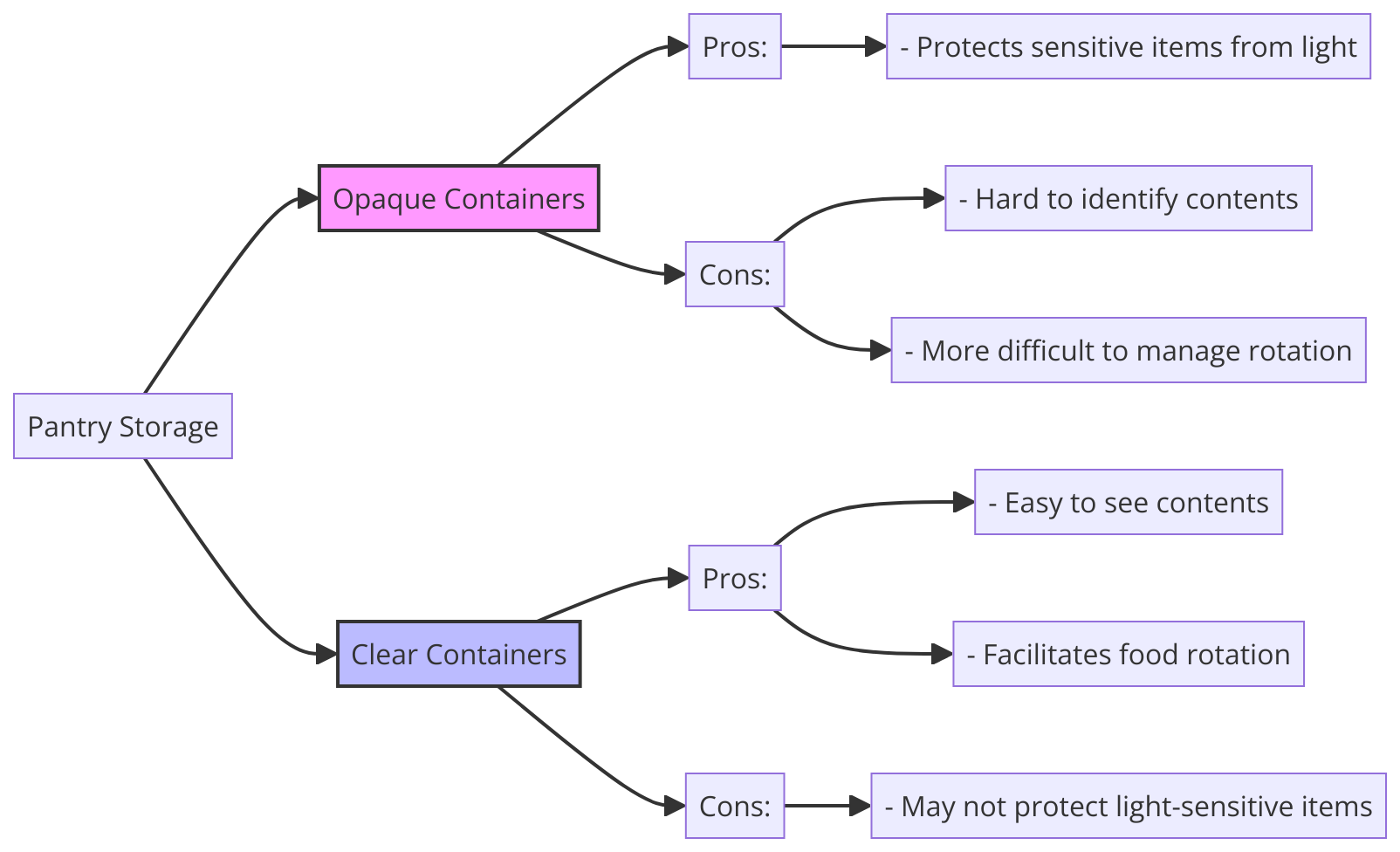
Identifying Signs of Spoilage in Stored Food
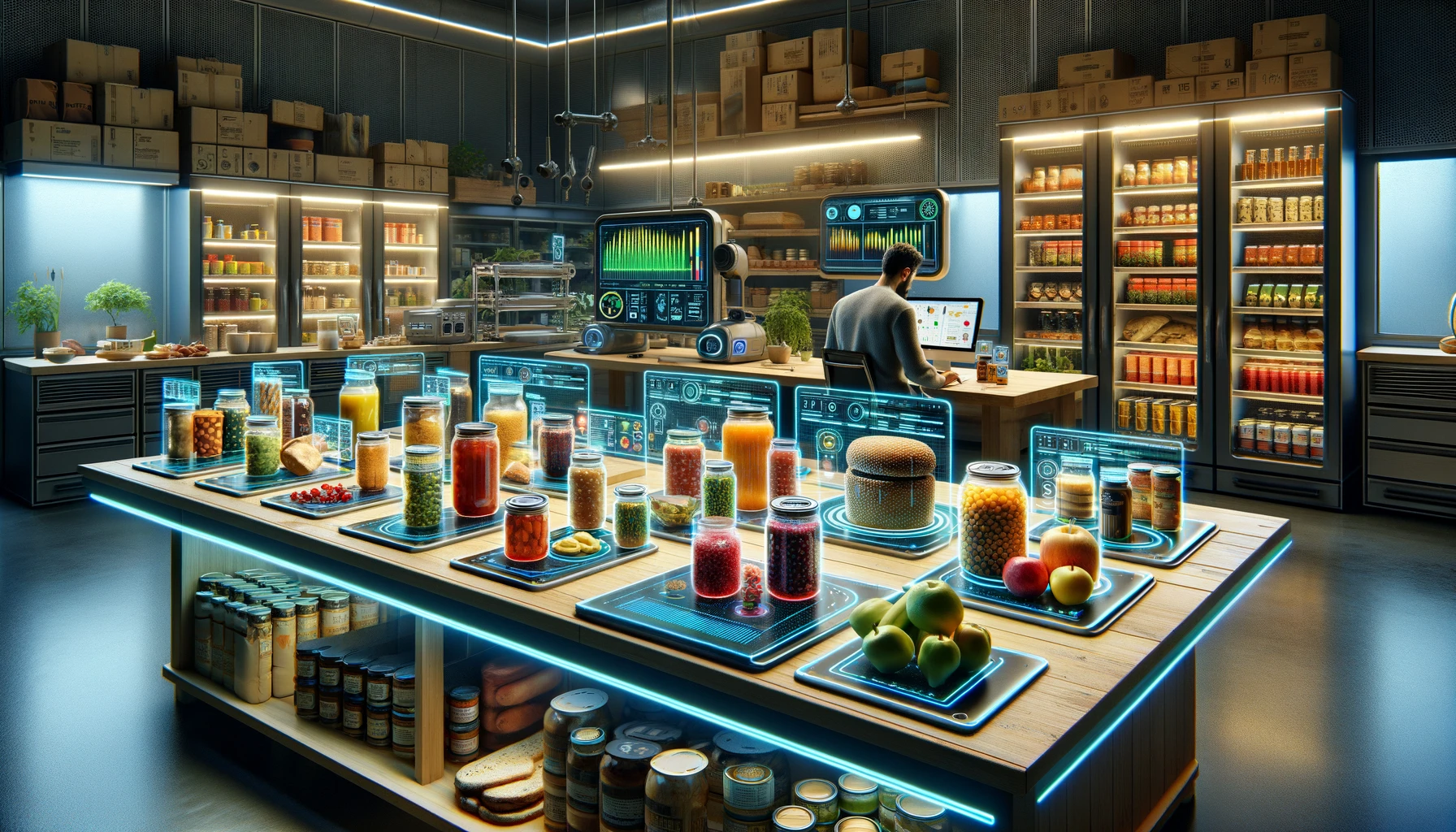
Checking for Spoilage:
When checking your stored food, keep an eye out for any bulging cans or jars, as this could indicate bacterial activity and potential spoilage.
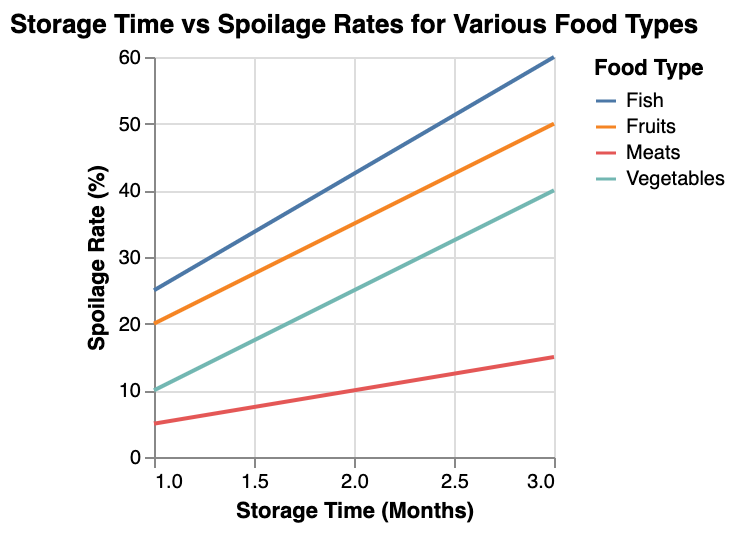
Pests may also be a sign of contamination in your stash of goods.
Ensure that freeze-dried or dehydrated foods have not lost their nutritional value by examining their color and texture.
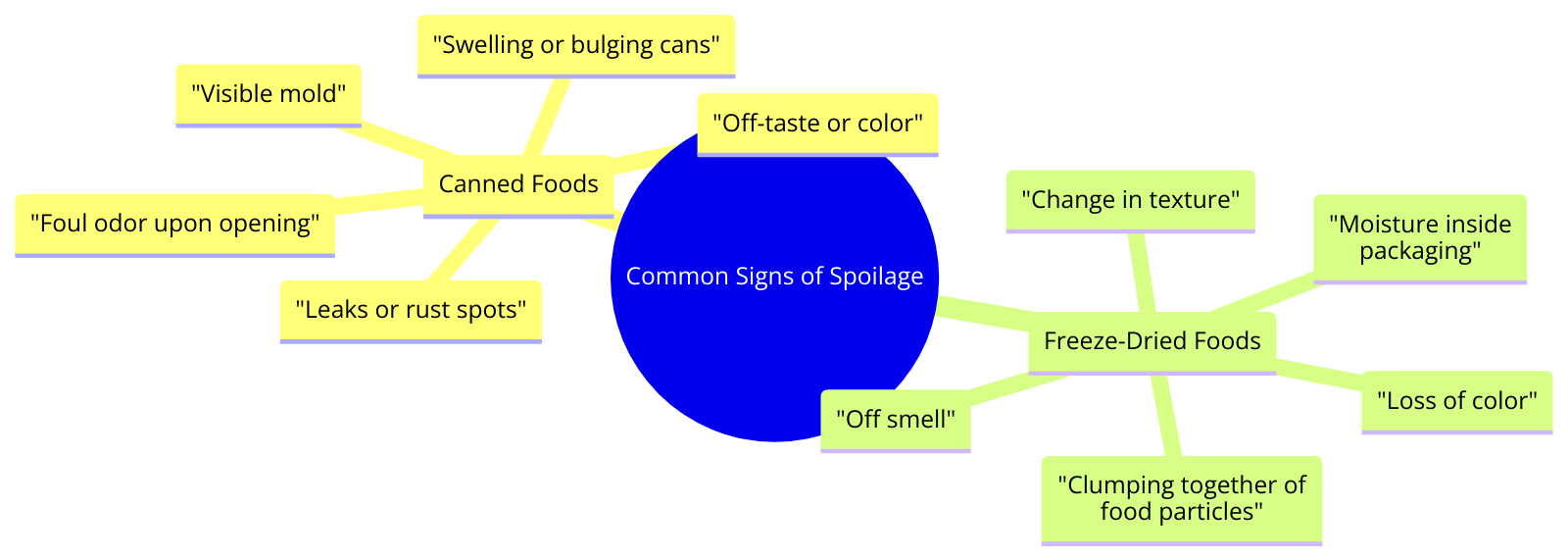
Using Your Food Wisely:
To maximize the use of your food supply, prioritize using items that are approaching their expiration date.
Be diligent in rotating your food supply to avoid waste and maintain freshness.
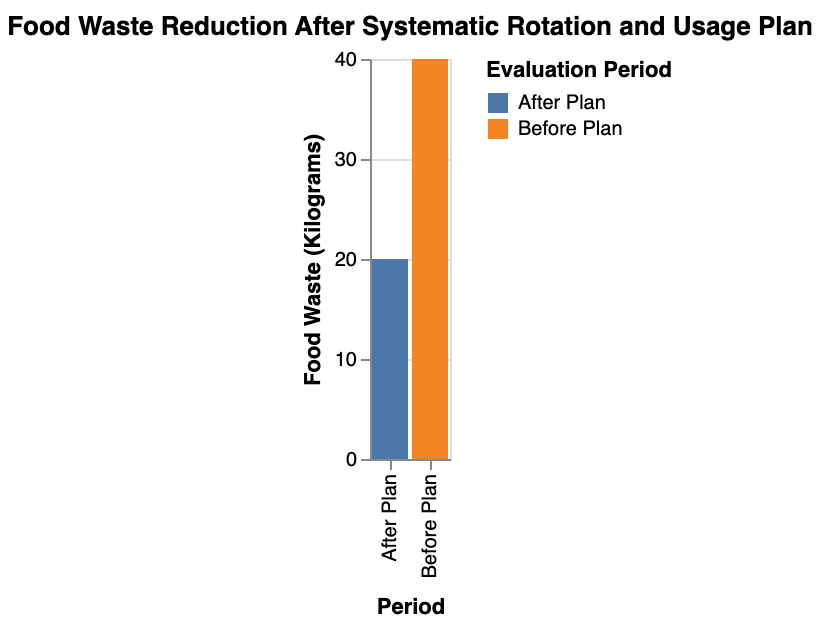
Keep tabs on your inventory and plan meals accordingly to prevent spoilage and make the most of your stored goods, including soups, in case of emergencies.
Organizing Canned and Freeze-Dried Foods for Easy Access
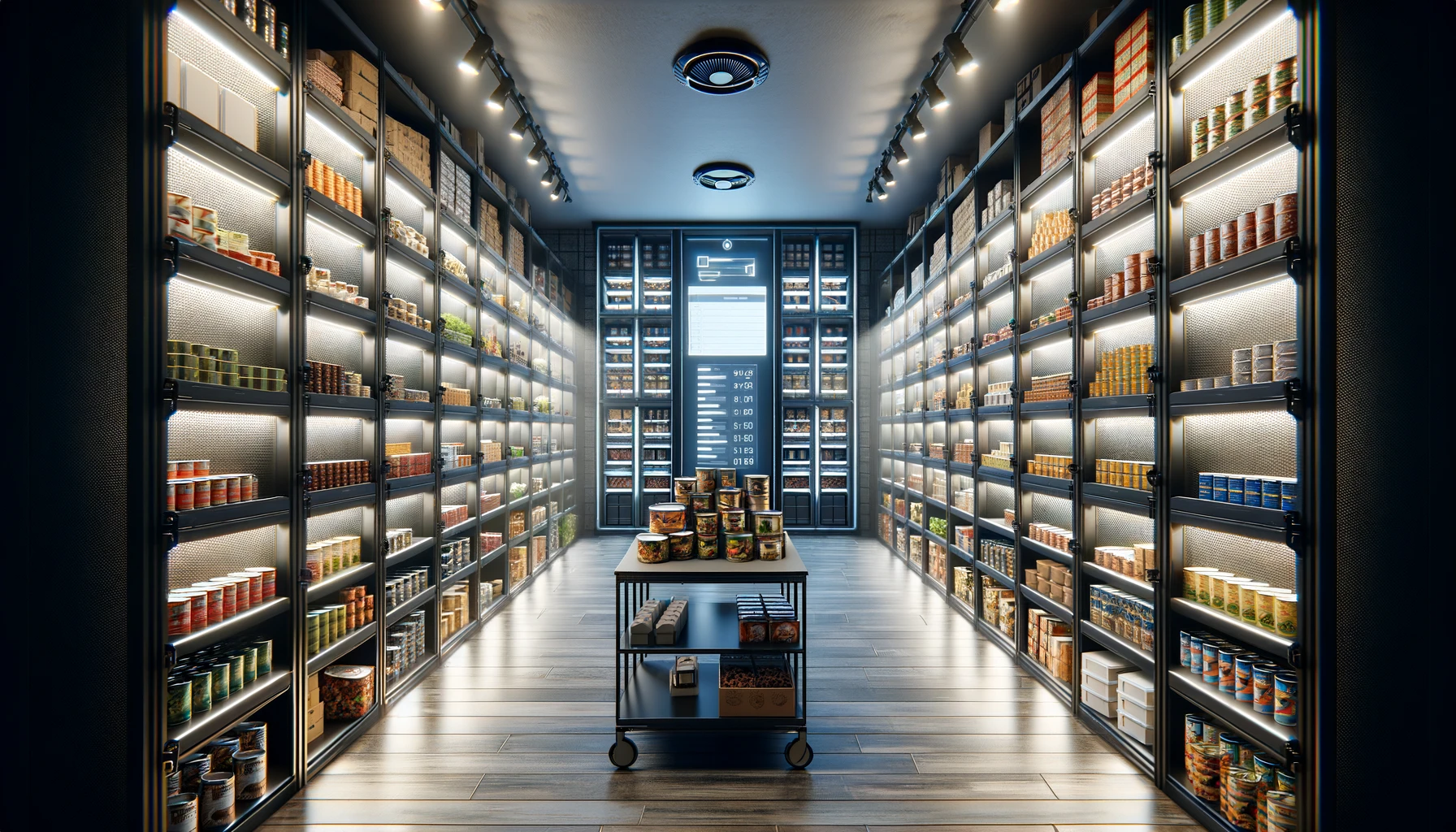
Storing Your Supplies
When it comes to rotating your supply of canned and freeze-dried foods, proper storage conditions are key.
Store your emergency food in a cool, dry area away from direct sunlight to maintain freshness.
Organize your food storage area so that older items are placed in front for easy access.
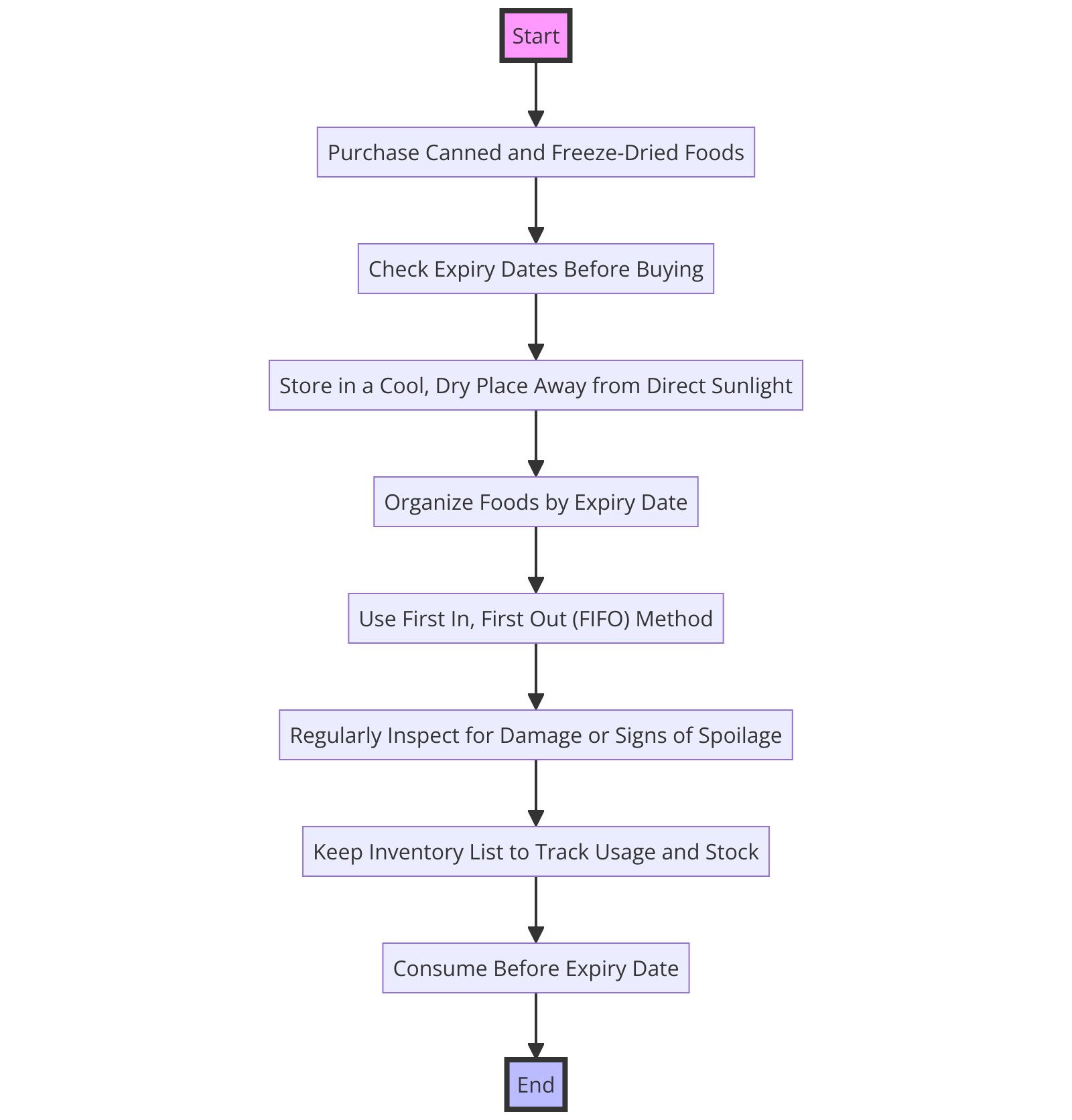
Using the “First In, First Out (FIFO)” method is the first step to rotating your stock effectively.
Utilizing Your Food
To ensure you are using the food in your food storage efficiently, keep an inventory sheet of what you have.
| Mistake | Tip |
|---|---|
| Keeping fridge door open too long | Retrieve items quickly to maintain temperature |
| Storing perishables at room temperature | Refrigerate perishable items promptly |
| Overpacking refrigerator/freezer | Allow air circulation for even cooling |
| Not rotating food items | Practice FIFO (First In, First Out) to use oldest items first |
| Improperly sealing storage containers | Use airtight containers to prevent spoilage and maintain freshness |
| Ignoring expiration dates | Regularly check expiration dates and consume items promptly |
| Storing fruits and vegetables together | Keep separate to prevent premature ripening and spoilage |
| Neglecting to clean refrigerator shelves | Clean regularly to prevent bacterial growth and odors |
This will help you keep track of what needs to be eaten first.
Regularly check for signs of spoilage such as unusual odors or textures.
Remember, the goal is to maximize your savings by rotating food and using the food in your food storage first.
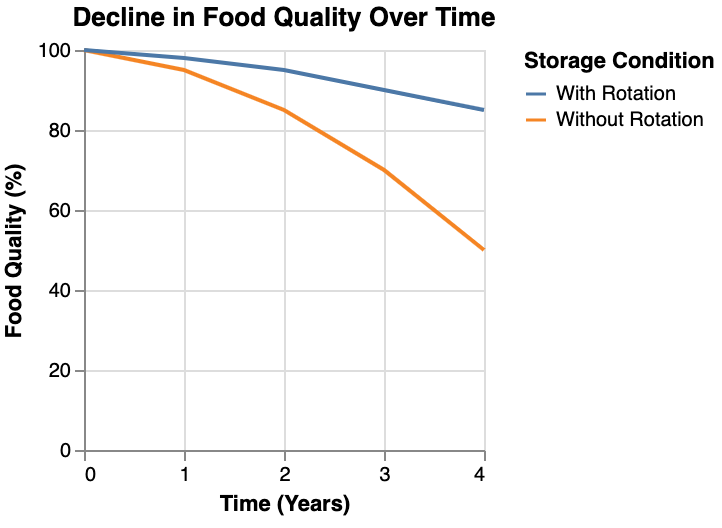
Creating a Checklist for Regular Food Supply Rotation
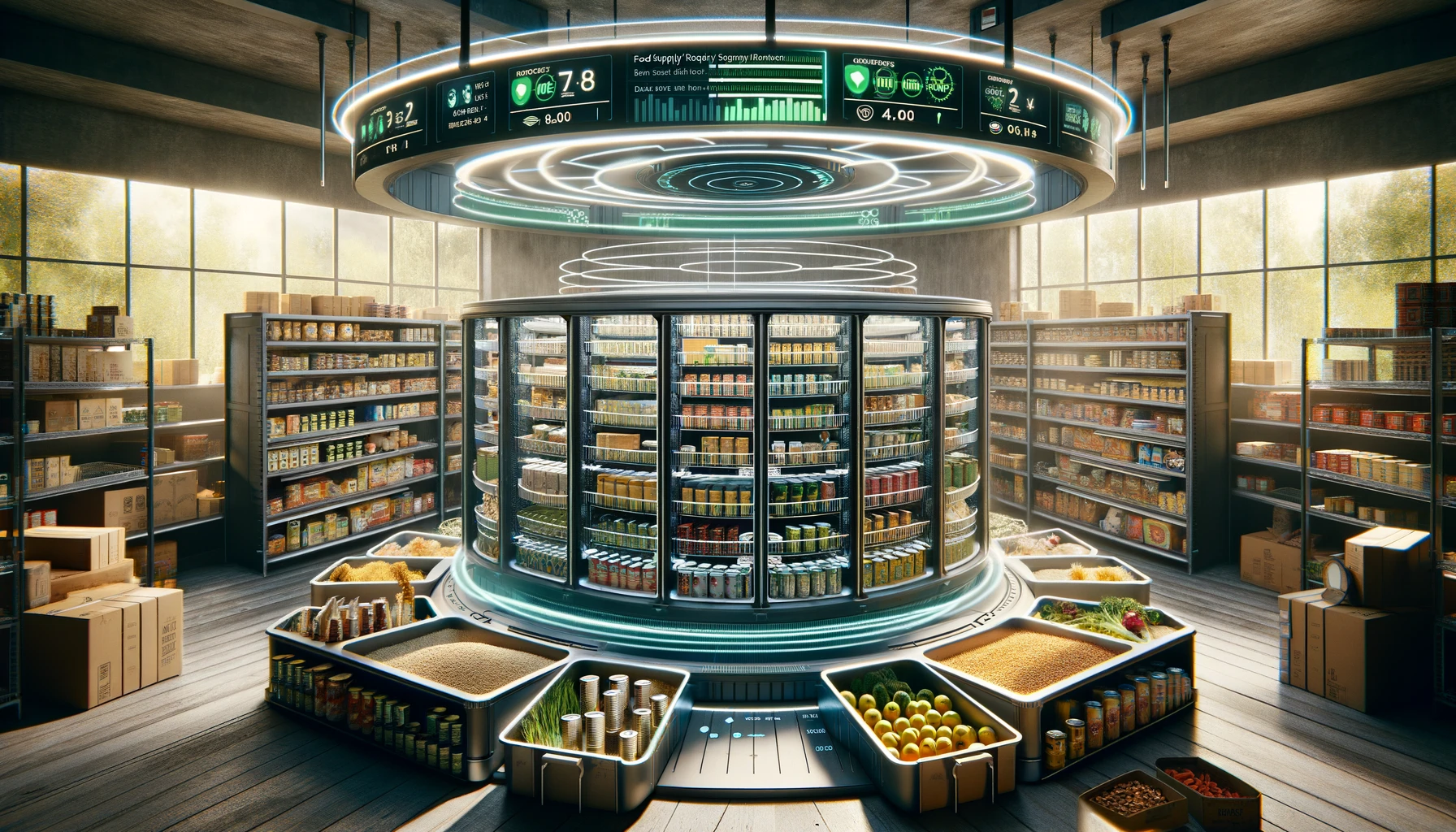
Keeping Track of Expiry Dates
When it comes to managing your food inventory, a label maker can be your best friend.
I like to use mine to mark the expiration dates on all my goods.
This way, I always know when my oat or nut products need to be swapped out.
By creating a simple spreadsheet with all the expiration dates, I can easily spot what’s nearing expiration.
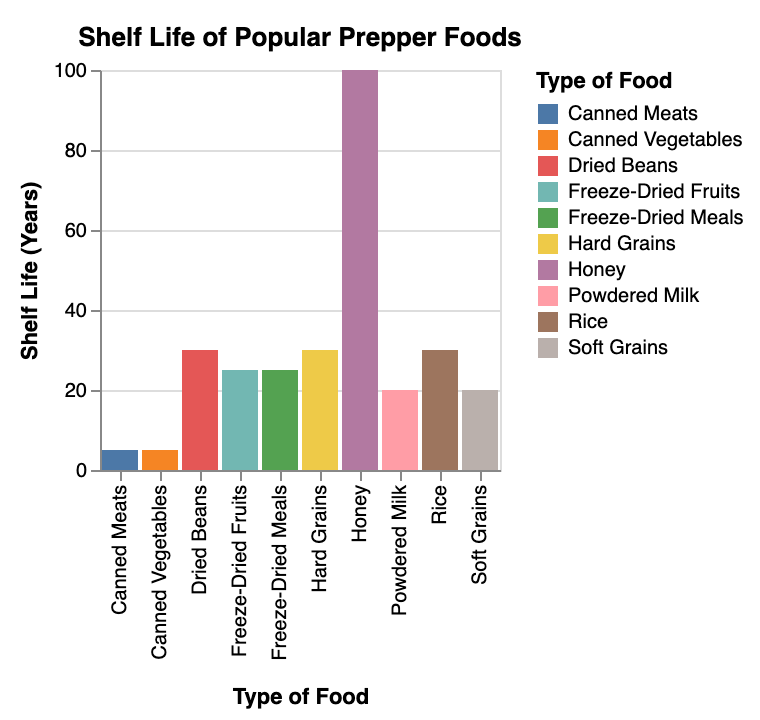
Establishing a Quarantine System
When new groceries come in, you might not know whether they’re going to be your next pantry staple or something that tastes off.
I’ve found that setting up a quarantine area for new items is incredibly helpful.

It may be able to determine any signs of spoilage before you integrate them into your regular supply.
For canned goods, I suggest numbering them and marking the quarantine area, then rotating them into your main supply after a few weeks to ensure everything remains fresh and edible.
Planning for Long-Term Food Storage and Preparedness

Checking for Quality: Purchase Dates and Signs of Spoilage
When planning for long-term food storage, it’s essential to have a checklist in place.
Always keep track of the purchase date of your items and regularly inspect them for any signs of spoilage.
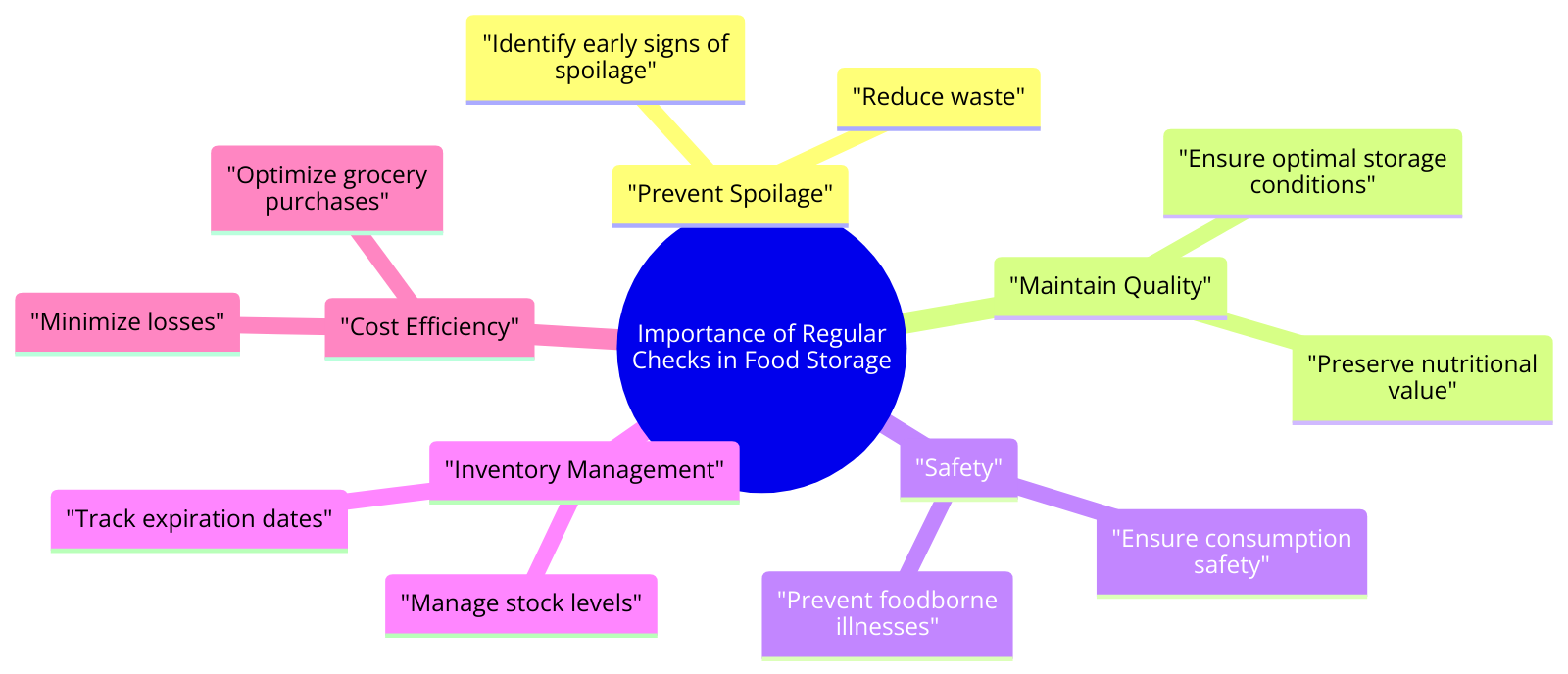
Look out for foul odors, or discoloration as these indicate that the food may be going bad.
Ensuring Accessibility and Storage Conditions
To ensure your long-term food supply remains in good condition, it’s important to place items in a cool, dry area.
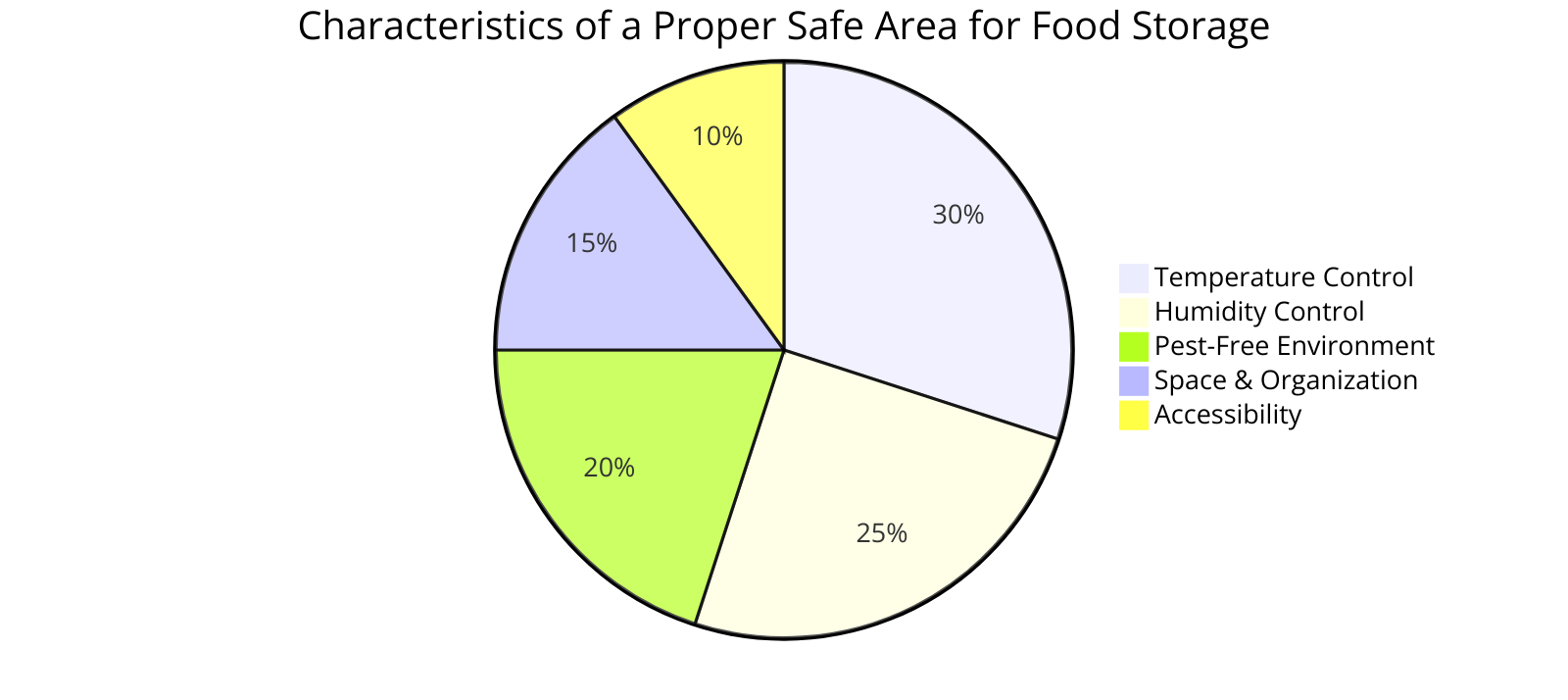
Storing food in airtight containers can help prevent pests from infiltrating your supply.
Rotate through your stock regularly and use the FIFO method (First In, First Out) to ensure items are used before they expire.
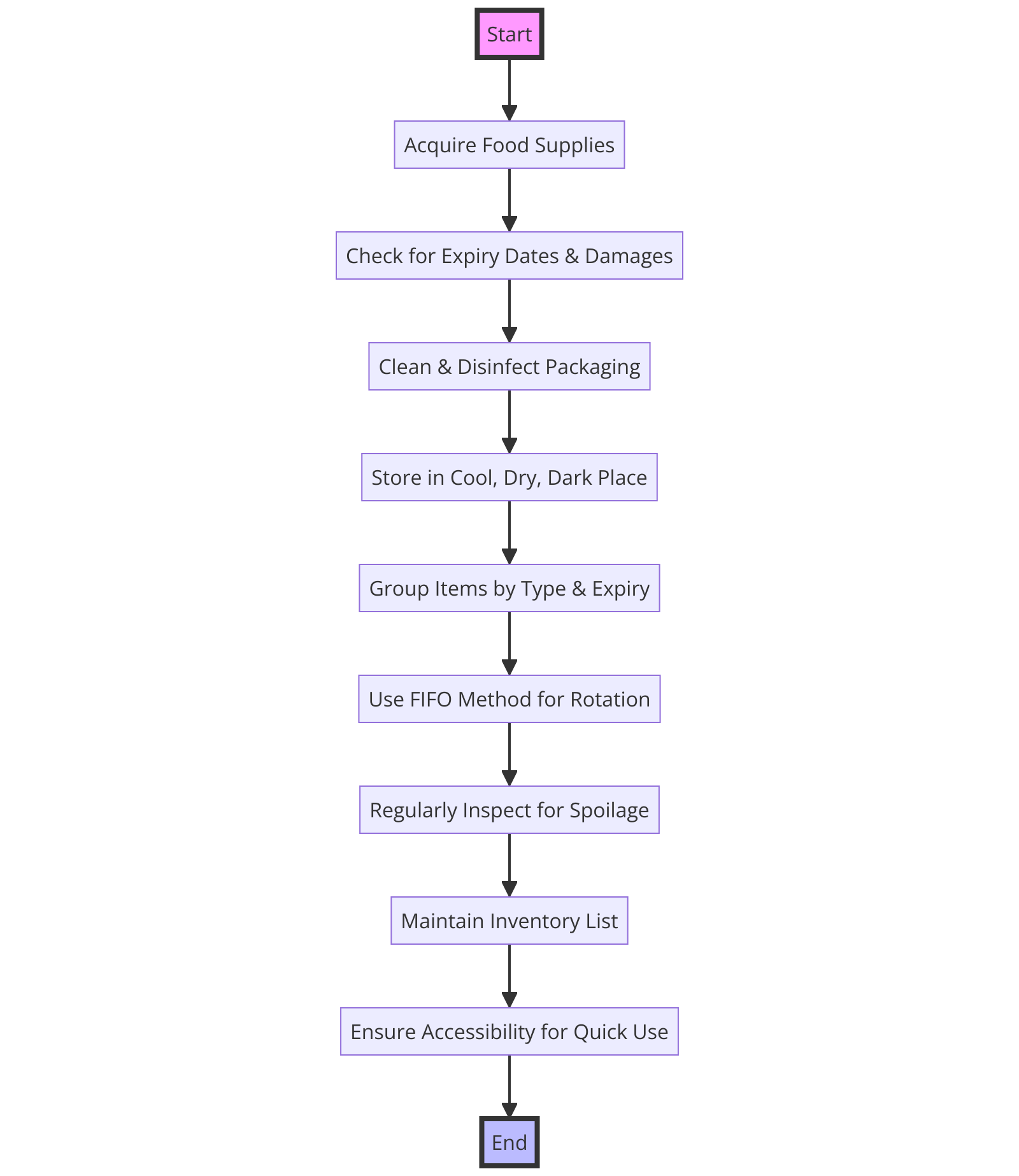
Consider labeling your containers with the purchase date marked clearly to make it easier to keep track.
Saving Money by Maximizing Food Supply Usability
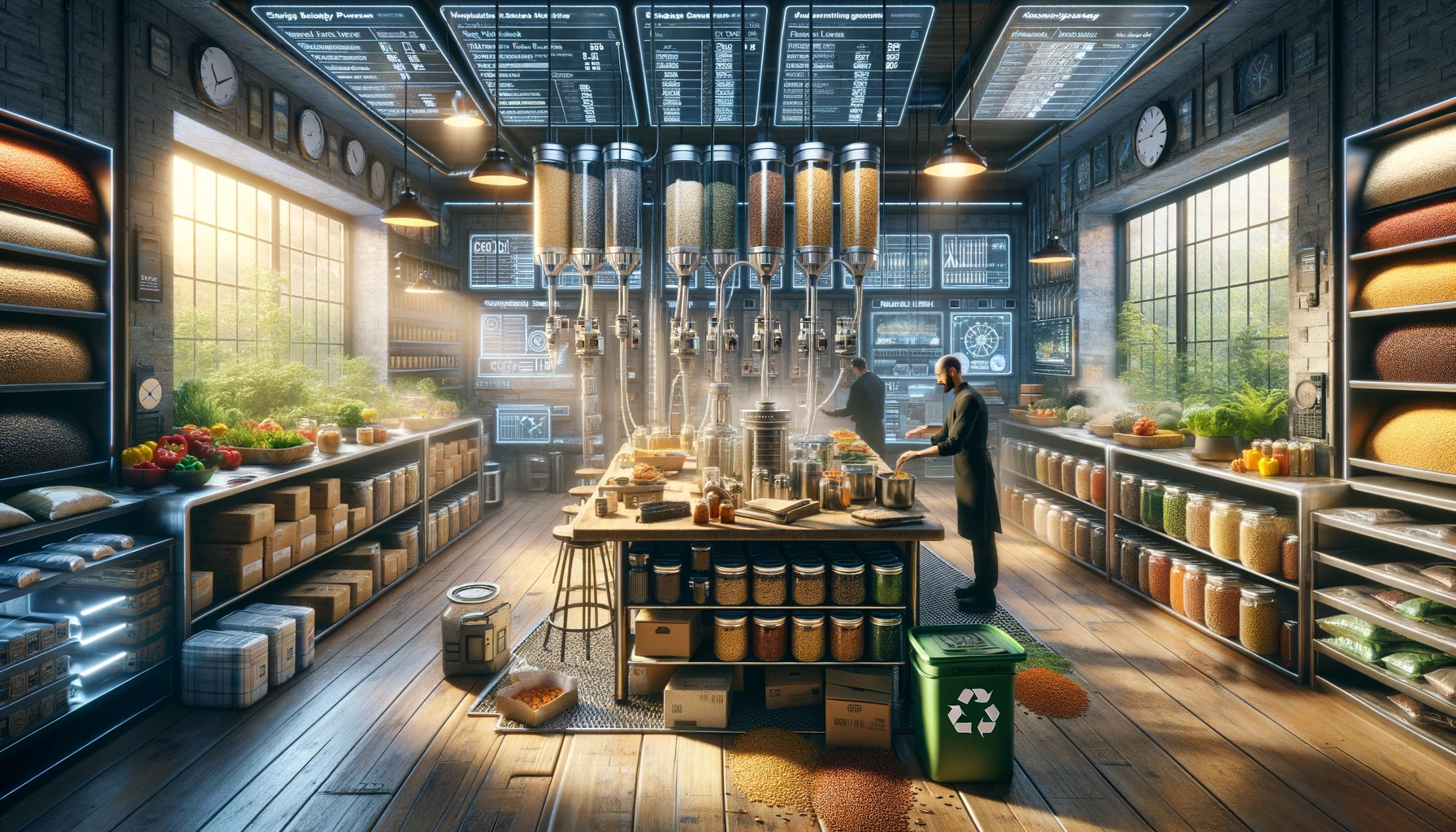
Checking for Rancid Items in Your Pantry
When trying to maximize the usability of my food supplies, I regularly check for any rancid items in my pantry.

By ensuring I spot any signs of spoilage early on, I can avoid wastage.
Permanent markers come in handy for labeling the use-by dates on items, making it easy to identify the oldest cans that need to be used first.
Utilizing Long Shelf Life Items First
I always opt to use the items with the longest shelf life first.
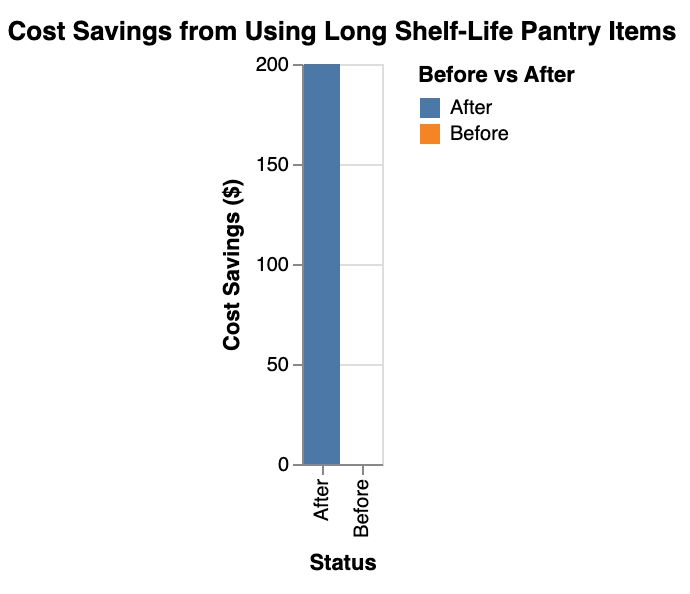
When you are organizing your canned and freeze-dried foods, make a conscious effort to place items with a shelf life of 30 months or longer towards the front for easier access.
By doing so, I ensure that these items are utilized before others with shorter shelf lives.
| Pantry Staple | Shelf Life |
|---|---|
| Fresh herbs | 3-7 days (refrigerated) |
| Dairy milk | 5-7 days (refrigerated) |
| Eggs | 3-5 weeks (refrigerated) |
| Bread | 5-7 days (room temperature) |
| Canned goods | 1-5 years (stored properly) |
| Rice | Indefinite (stored properly) |
| Nuts and seeds | 6-12 months (stored properly) |
| Spices and herbs | 1-3 years (stored properly) |
| Cooking oils | 6-12 months (stored properly) |
More Resources:
- Shelf Reliance offers comprehensive guides on building an effective canned food rotation program, emphasizing the FIFO principle and regular inventory checks (Shelf Reliance).
- EZ Prepping provides essential tips on using bins, shelves, and a rotation system to keep your bulk food storage organized and accessible (EZ Prepping).
- Wrapped in Rust shares practical advice on rotating food storage, including keeping an inventory and dating your purchases to minimize waste (Wrapped in Rust).
- Modern Survival Blog discusses the importance of rotating your food storage and practical tips for doing so effectively, including dating your food storage items (Modern Survival Blog).
- Backdoor Survival outlines a blueprint for an effective food storage rotation plan, highlighting different shelving and rotation options to suit various needs (Backdoor Survival).


